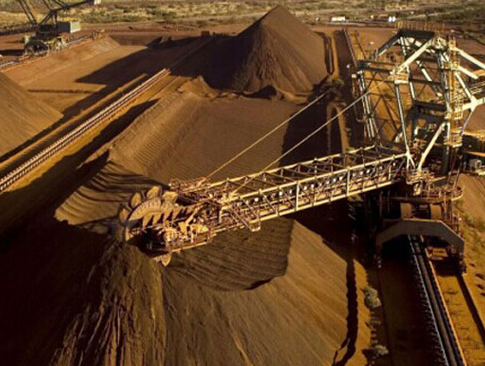Since 2020, the overall performance of steel billet price is strong. Affected by public health incidents in the early stage, the price of steel billets once fell to a low of 3000 yuan per ton. With the gradual recovery of downstream terminal demand, the prices of steel billet have risen as a whole. Especially after April, billet prices have steadily increased, gradually stabilizing above 3,400 yuan per ton. Why has the price of steel billet and the overall resistance to fall always been relatively strong? Now we will take you to find out the answer.
In the long run, the continued strength of ore prices in the later period is a high probability event. As the pace of procurement advances, profit margins of steel billets may be significantly squeezed. "At present, the price of steel billet is strongly supported by cost, and the space for price decline in the later stage is limited. With the cost rising, the bottom price of billet is gradually consolidated." Industry insiders said. The overall output of steel billet has increased, but the delivery is still tight. Since the beginning of this year, the operating rate of domestic steel companies' blast furnaces has been at a high level, and crude steel output has been increasing. According to data from the National Bureau of Statistics, China's crude steel output from January to July totaled 595.93 million tons, with an increase of 3.97% year-on-year; From the perspective of take-out volume, the total national billet take-out volume from January to July was 21.65 million tons, with a year-on-year decrease of 13.47%. Especially since the end of June, some steel companies in Xuzhou have withdrawn their production capacity, and the new production lines of Shanxi steel companies have deployed multi-product development. The volume of take-out billets has decreased significantly, and the regional spread of steel billets has narrowed significantly. It is difficult to form long-distance circulation. Most of the billets are distributed around the periphery, and it is difficult to obtain a steel billet in a mine.
In addition, a large number of imported steel billets have poured into the country. However, there is still a gap in the supply of steel billets for delivery. Due to the global spread of public health incidents, the foreign steel industry has been hit, and China's billet prices have increased, which has caused a large influx of imported billets, mostly from the CIS, Southeast Asia, Turkey, India and other surrounding areas. According to customs data, China's total imports of prime steel billets from January to June totaled 5.537 million tons, with an increase of 5.03 million tons over the same period last year. In the early stage, most of them were sold in Jiangyin Port. With the adjustment of the price difference, some imported resources have emerged in Caofeidian Port. However, due to regional circulation restrictions, the overall supply of steel billet takeaway resources is still tight, and the short-term gap is difficult to make up. The frequency of production restrictions has been relaxed and the downstream demand for steel billets has increased significantly.
Since the beginning of this year, the production restriction policy has been slightly looser than that of last year, and the overall length of operation of the blank adjustment enterprises has been longer than last year. In the second half of the year, the tight balance between supply and demand of billet may continue, the price performance of ore is strong, and the overall resistance of steel billets remains. At the same time, due to the strong financial attributes of the steel billet itself, it is also an adjustable product, which is significantly affected by the international environment and the performance of downstream finished products. On the whole, the overall performance of steel billet prices will strengthen in the future, and will be adjusted slightly by the regulation of steel billets price differences.

